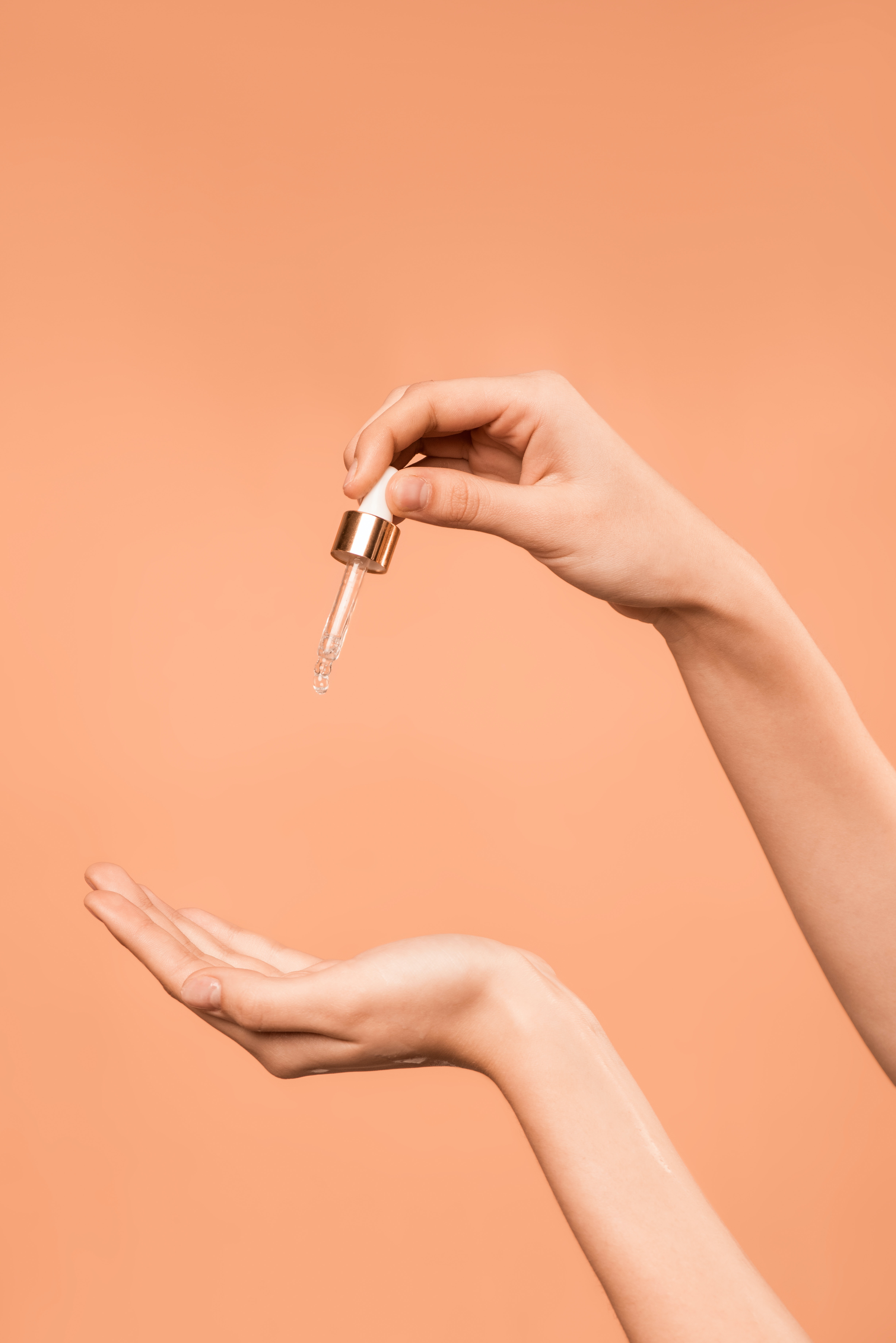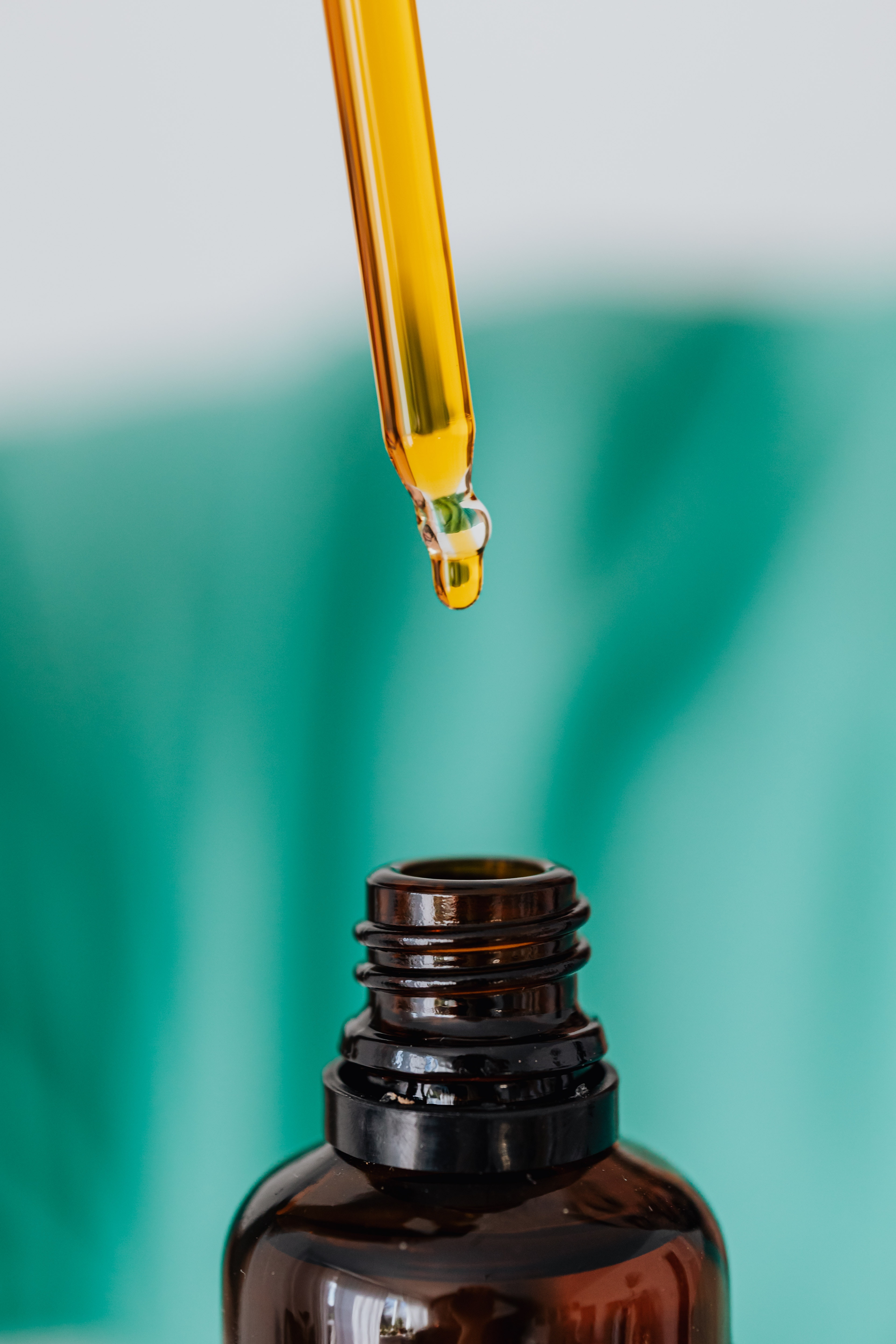Hey there, skincare lovers! If you’re curious about taking good care of your skin and want to make smart choices when buying skincare stuff, you’re in the right place. Today we are talking about one of THE anti-aging peptide, tripeptide-1.
Related Post: 20 Most Popular Peptides For Skin + Products
We’re going to dive into a cool ingredient called Tripeptide-1. And the 11 things you need to know before you add it to your skincare routine.
By the end of this article, you’ll have all the info you need to make awesome choices for your skincare routine.

1. Tripeptide-1 is a fragment of collagen that helps trigger your skin cells to make more collagen.
Tripeptide-1, also known as GHK, is a great anti-aging peptide for your skin.
Tripeptide-1 is made up of three special parts called amino acids. These amino acids are glycine, histidine, and lysine. It’s found in blood plasma and can make your skin look more youthful.
How?
When it comes in contact with skin cells it is a signal for your skin cells to make more collagen and elastin. These are the structural proteins that make your skin strong and bouncy. So, using products with Tripeptide-1 can help with wrinkles and lines, making your skin look smoother and fresher.
2. Tripeptide-1 is an “anti-aging” peptide because it makes up for collagen production that slows down.
Tripeptide-1 is like a secret ingredient to fight off aging. It can help with wrinkles, lines, and uneven skin.
So, if you want your skin to stay young and happy, Tripeptide-1 can be your buddy.
As you age your natural collagen production slows down. Insert tripeptide-1 and other anti-aging peptides to help make up for it. They encourage your skin to make more collagen and elastin.
Related Post: Understanding the Science Behind Aging in Skin: Tips for Youthful Glow
3. Tripeptide-1 works because it is small enough to get past your skin barrier.
Getting past your skin’s barrier is important for any skincare active.
It’s small enough to get into your skin’s deeper layers, which is where the action happens. This is what makes using this collagen fragment better than a product that contains collagen. Once it is past your skin barrier, it can give your skin a little nudge to make more collagen and elastin.

These proteins help your skin stay firm and bouncy. Since our skin makes less collagen as we get older, using Tripeptide-1 can be super helpful to keep your skin looking awesome.
4. There are different forms of tripeptide-1 but they all pretty much do the same thing.
Tripeptide-1 comes in different forms. There’s copper tripeptide-1 and palmitoyl tripeptide-1 are the most popular in skincare.
It is joined with other molecules to help it go deeper into your skin. Deeper penetration of your actives is desirable because that means they can get to the cells they need to, work their magic.
5. Tripeptide-1 *should* be okay for sensitive skin.
When a skin sensitivity study was done with tripeptide-1 it was classified as a nonirritant.
But everybody’s skin is different and anyone can become sensitized to anything.
So when you are introducing your new tripeptide-1 skincare product into your routine make sure you do a patch test first, and pay attention to the way your skin reacts.
Don’t make too many changes at once otherwise, you will not be able to assess your new product.
6. Tripeptide-1 is one of the most science-backed peptides available.
Tripeptide-1 is one-half of the popular ingredient Matrixyl 3000, so there is a lot of data and evidence supporting its claims.
People have tested Tripeptide-1 and found that it can help with collagen production in your skin.
In one test, some folks used a product with Tripeptide-1 twice a day for three months. They saw improvements in their skin’s texture and how dark spots looked. But it didn’t do much for fine wrinkles.
8. Tripeptide-1 is effective in low concentrations.

Most studies on tripeptide-1 looked at a concentration of 0.00001-0.002%. So do not feel like the product with this anti-aging peptide highest on the ingredient list will be the most effective for you.
9. Studies showed Tripeptide-1 was most effective when used with sunscreen.
Just like free radicals damage the natural proteins in your skin like collagen and elastin. They can also damage proteins you apply to your skin topically or with an injection. Protect your investment and effort and make sure you are wearing sunscreen. To get the most benefit out of this anti-aging peptide you are going ot HAVE to wear susunscreen.
Related Post: Why Is Sunscreen Important?
10. You should use Tripeptide-1 as a leave-on product not a wash-off.
Its almost always best to use any active in a leave product not a wash-off. Actives need time to penetrate your skin barrier and tripeptide-1 is no exception.
11. Tripeptide-1 is the most popular peptide in skincare today and can be found in a lot of products.
If you are curious to try an anti-aging peptide like Tripeptide-1, you can find it in products like:
- Rhode Beauty Peptide Lip Treatment
- Good Molecules Super Peptide Serum
- Peach and Lily Copper Peptide Pro Firming Serum
- The Inkey List’s Lip Plumping Balm

And so many more, these products can be like magic potions for your skin!
So, if you are considering adding tripeptide-1 to your skincare routine, Go For It!.
Using products with Tripeptide-1 can make your skin feel and look great.
It’s like giving your skin a little boost to stay young and fresh. Just remember, when you’re picking products, look for the word “Tripeptide-1” on the label. It is okay if you see palmitoyl or copper on the front of the name it is still tripeptide-1.
To sum it up, Tripeptide-1 is a great addition to your skincare rountine. It helps your skin stay strong, bouncy, and youthful. So, next time you’re shopping for skincare, keep an eye out for Tripeptide-1 on the ingredient list. Your skin will thank you!
References
- Safety Assessment of Tripeptide-1, Hexapeptide-12, Their Metal Salts, and Fatty Acyl Derivatives, and Palmitoyl Tetrapeptide-7 as Used in Cosmetics
- Topical manganese peptide in the treatment of photodamaged skin
- Human skin penetration of a copper tripeptide in vitro as a function of skin layer
- The Effect of Copper Tripeptide and Tretinoin on Growth Factor Production in a Serum-Free Fibroblast Model

3 Comments